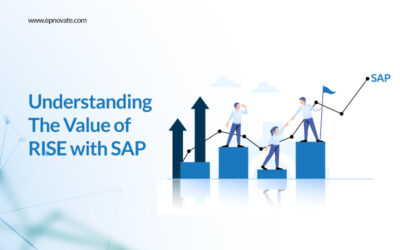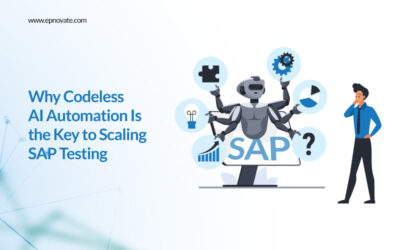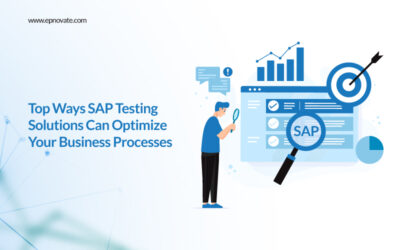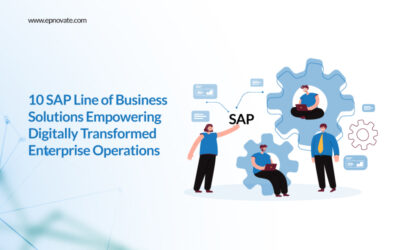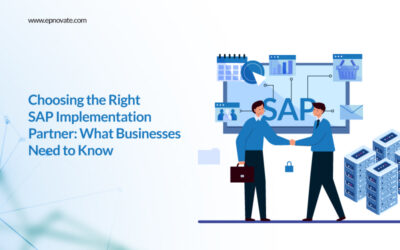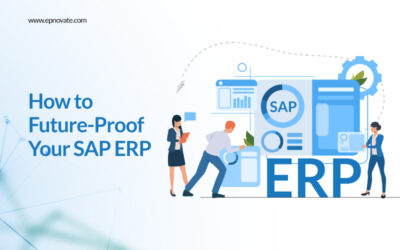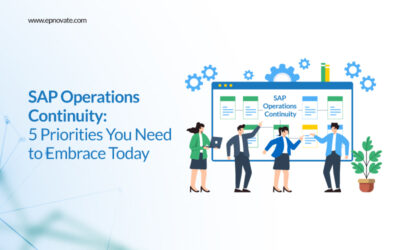Top FAQs on SAP Cloud Platform Integration
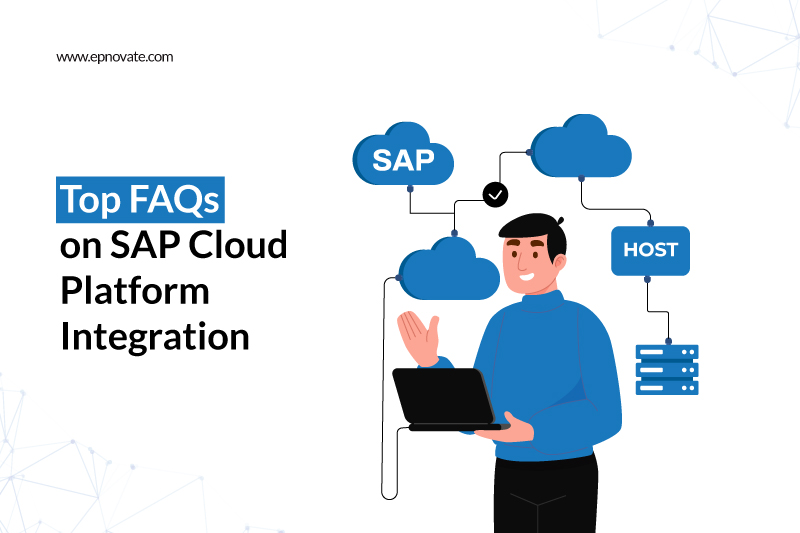
SAP Cloud Platform Integration, or CPI, is an important tool for businesses that use SAP software solutions. It helps different systems and applications work together smoothly.
This blog will answer some common questions about SAP CPI, how it works, its features, and how businesses can benefit from it.
What is SAP Cloud Platform Integration?
SAP Cloud Platform Integration is a cloud-based solution that connects various applications and systems. This is essential for companies that use multiple software systems to manage their operations.
How does SAP Cloud Platform Integration work?
SAP CPI works by using pre-built connections and templates. These help businesses quickly set up integrations between their SAP systems and other applications. It uses standard protocols to ensure that data flows easily and securely. This means that when one system updates information, it automatically sends that information to other systems.
What are the Core Features of SAP CPI?
SAP CPI has several key features
Pre-built Integrations:
It offers many ready-made connections that save time.
Mapping Tools:
These help transform data from one format to another so that systems can understand each other.
Monitoring Tools:
Businesses can track how data is moving and if there are any issues.
Security Features:
SAP CPI includes security measures to protect data during transfers.
What are the main use cases for SAP Cloud Platform Integration?
Businesses use SAP CPI for many reasons, such as
Connecting SAP with Non-SAP Systems:
For example, integrating SAP with a customer relationship management (CRM) tool.
Data Synchronization:
Keeping data up-to-date across different systems.
Automating Business Processes:
Streamlining tasks, like order processing and invoicing, by connecting various applications.
How to Get Started with SAP Cloud Platform Integration?
To start using SAP CPI, businesses should
Assess Their Needs:
Determine what systems need to be integrated.
Choose the Right Plan:
SAP offers different pricing plans based on the features needed.
Set Up the Environment:
This involves configuring SAP CPI according to business requirements.
Use the Documentation:
SAP provides guides and tutorials to help set up integrations.
What are the challenges with SAP in the cloud?
While SAP CPI is powerful, businesses may face some challenges
Complex Integrations:
Some systems may require custom solutions, which can be complicated.
Managing Changes:
When software updates occur, integrations may need adjustments.
Costs:
Understanding the total costs can be tricky, as they depend on usage and features.
How can your business better manage SAP systems in the cloud?
To effectively manage SAP systems in the cloud
Regular Monitoring:
Keep an eye on integrations to ensure they work smoothly.
Stay Updated:
Follow SAP’s updates and best practices.
Invest in Training:
Train staff to use SAP CPI effectively, so they can troubleshoot issues quickly.
How Does SAP CPI Handle Security?
SAP CPI takes security seriously. It offers
Data Encryption:
This ensures that information is safe during transfers.
Error Management:
If something goes wrong, businesses can easily track the error and fix it.
Troubleshooting Tools:
These help identify and solve problems quickly.
Can SAP CPI be Integrated with Other Cloud Platforms?
Yes, SAP CPI can connect with various other cloud platforms. This flexibility allows businesses to build a more integrated system, which can enhance overall productivity.
What is the role of SAP Cloud Platform Integration in a Hybrid Setup?
In a hybrid environment, where companies use both on-premise and cloud solutions, SAP CPI plays a vital role. It helps connect these different environments, ensuring that data flows smoothly and processes are integrated.
What Are the Costs Associated with SAP Cloud Platform Integration?
The costs of SAP CPI can vary. Factors include the number of integrations, data volume, and chosen features. Businesses should evaluate their specific needs to get a clearer picture of potential costs.
Conclusion
SAP Cloud Platform Integration is a valuable tool for businesses looking to enhance their operations. By understanding its features, use cases, and how to get started, companies can better manage their SAP systems and improve efficiency.
Author: Epnovate Technology
Website: https://epnovate.com
Recent Posts
- Understanding The Value of RISE with SAP
- Why Codeless AI Automation Is the Key to Scaling SAP Testing
- SAP AI for Finance: Accelerating Business Efficiency, Accuracy, and Growth
- Top Ways SAP Testing Solutions Can Optimize Your Business Processes
- 10 SAP Line of Business Solutions Empowering Digitally Transformed Enterprise Operations
